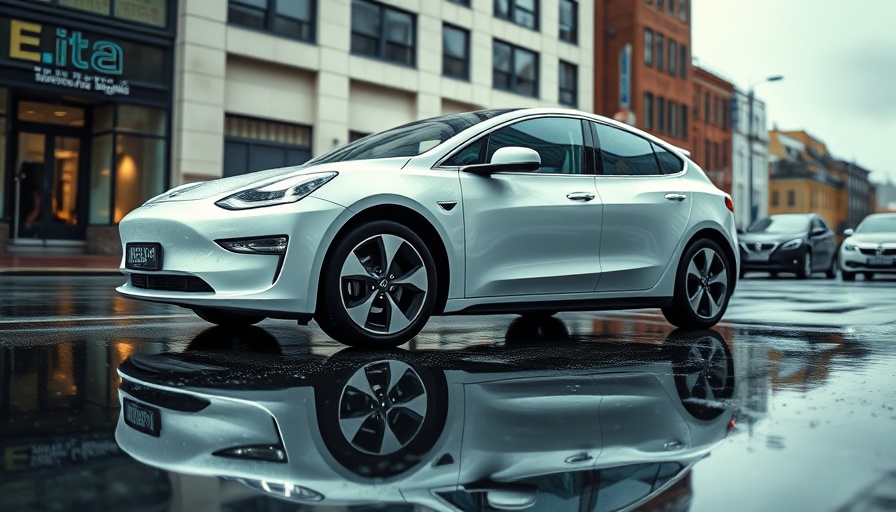
Elon Musk's Robotaxi Ambitions Hit Regulatory Roadblock
Despite Tesla’s visionary plans to launch its robotaxi service across San Francisco, reality has put the brakes on this ambitious project. Elon Musk, who was eager to roll out the autonomous taxi service, recently informed his staff about the impending launch which was slated for this weekend. However, the company finds itself at a standstill due to regulatory constraints imposed by the California Public Utilities Commission (CPUC).
Regulatory Challenges and Misconceptions
The California Public Utilities Commission made it clear that Tesla does not have the necessary approvals to launch its autonomous passenger service. A CPUC spokesperson emphasized that Tesla had not applied for the required permits for its robotaxi service, nor could it even offer a paid service, whether autonomous or with a safety driver. In essence, the public should not expect to hail a robotaxi just yet — for now, it mirrors the experience of calling a regular Uber or Lyft.
Public Safety and Regulatory Oversight
Assemblymember Catherine Stefani expressed considerable concern about Musk’s disregard for regulatory guidelines, suggesting that allowing Tesla to operate without strict supervision could undermine public safety. “Elon Musk is daring the state to stop him— and if California regulators don’t act, they’re handing him the keys to ignore every safety rule we have,” she remarked. This sentiment underscores the focus on ensuring safety as emerging technologies like robotaxis enter public roads.
Elon Musk's Vision vs. Practical Reality
Musk's grand ambitions extend beyond just San Francisco. He envisions autonomous ride-hailing services operational in half the U.S. population by the end of the year. However, these statements are often more hopeful predictions than grounded realities. Recently launched robotaxis in Texas have operational safety monitors, but these developments are in stark contrast to Musk's announcement of riskier autonomous services being launched without proper clearances in California.
The Impact on Daily Commuters in the Bay Area
For families and individuals in the Bay Area eagerly anticipating the convenience of robotaxis, this news is indeed disappointing. The technology promises an innovative shift in how we think about transportation, but without the necessary regulatory framework, these services remain largely theoretical. Parents relying on safe commuting alternatives might view these delays as a necessary precaution, ensuring that any services rolling out meet stringent safety standards.
Conclusion: A Future of Robotaxis?
The dream of robotaxis remains alive in the minds of many, but it is clear that regulatory bodies are not willing to compromise when it comes to safety. Tesla's journey reflects the challenges faced by many tech companies seeking to innovate. As Musk continues to push for his vision, the law remains an essential checkpoint. While advocates for change might see delays as an impediment, they are also a vital step in securing public safety as we transition towards more autonomous modes of transportation.
For those curious about what the future holds for transportation in the Bay Area, stay tuned as more developments unfold regarding Tesla's robotaxi plans. Be proactive in engaging with these changes, as your voice could contribute to a more balanced approach in the regulatory landscape.
 Add Row
Add Row  Add
Add 




Write A Comment